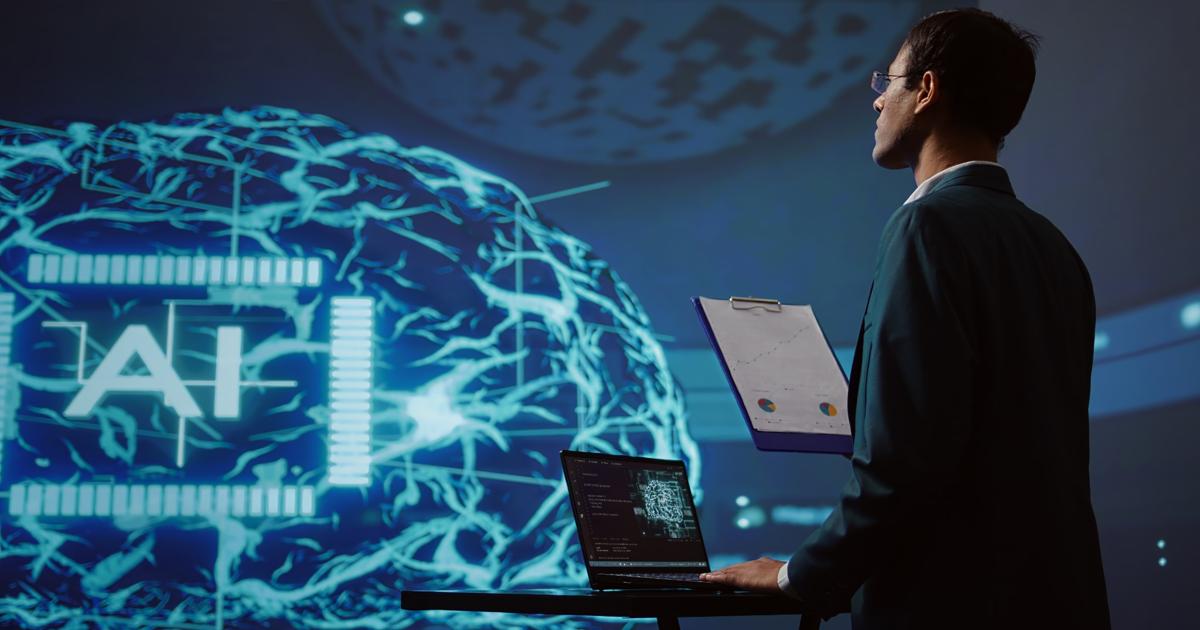Wednesday, November 15th 2023
Your HRIS Systems as a Basis for People Analytics

In today's data-driven world, organizations are increasingly relying on technology to gain valuable insights into their workforce. Human Resources Information Systems (HRIS) have become the backbone of people analytics, offering a treasure trove of data that can help companies make more informed decisions about their employees and workplace culture. In this blog, we'll explore the critical role of HRIS systems in people analytics and how AI-based tools like TruPulse use HRIS data to enhance our understanding of the workplace experience while preserving employee privacy.
The Critical Role of HRIS Systems in People Analytics
HRIS systems are central repositories for employee data, containing information on various aspects of an employee's journey within the organization. This data can include demographic information, employment history, job performance, and much more. Here's why HRIS systems are invaluable for people analytics:
Comprehensive Data: HRIS systems house a wide range of data, making it possible to gain insights into various facets of the employee experience. This includes department, region, work location, length of service, management level, gender, race/ethnicity, marital status, salary level, age, employee performance review ratings, and education level.
Data Consistency: HRIS systems provide a standardized structure for employee data, ensuring consistency and reliability in analytics.
Historical Data: HRIS systems maintain historical records, allowing for trend analysis and the identification of long-term patterns.
Data Security: HRIS systems often come with built-in security features to protect sensitive employee information, ensuring compliance with data privacy regulations.
Efficiency: Centralized data in HRIS systems streamlines data retrieval, making it easier for HR professionals to access and analyze information.
Leveraging AI-Based People Analytics Tools like TruPulse
While HRIS systems are a goldmine of data, the real power lies in how this data is leveraged for insights and decision-making. AI-based people analytics tools like TruPulse take HRIS data to the next level, enabling organizations to understand the workplace experience through different lenses. Here's how:
- Segmentation: AI tools can segment employees based on various criteria, including department, region, age, gender, and more. This segmentation helps organizations understand the experiences of different groups within the workforce.
- Benchmarking: AI tools can compare data within an organization with industry benchmarks, enabling organizations to identify areas where they excel and areas that need improvement.
- Predictive Analytics: These tools can also use historical data to make predictions about future trends in areas like employee turnover, performance, and engagement.
- Personalized Insights: AI can provide personalized insights and recommendations for HR professionals, allowing them to tailor interventions for specific groups or individuals.
Ensuring Employee Privacy with De-Identification
One of the paramount concerns when dealing with employee data is privacy. HRIS systems contain a wealth of sensitive information, and it's crucial to protect the privacy of individuals. AI tools like TruPulse address this concern by employing a process known as de-identification.
De-identification involves the removal of personally identifiable information (PII) from employee data. This ensures that any analysis or insights generated are based on aggregated, anonymized data, rather than individual information. The process is essential for preserving employee privacy while still obtaining meaningful analytics.
The Power of Data-Driven Decision-Making
By harnessing the power of HRIS systems and AI-based people analytics tools, organizations can make data-driven decisions that positively impact their workforce. Here are some key benefits:
- Informed Diversity and Inclusion Initiatives: With segmented data, organizations can better understand the experiences of various demographic groups and develop targeted diversity and inclusion strategies.
- Customized Employee Development: Personalized insights from AI tools allow organizations to tailor training and development programs to individual and group needs.
- Proactive Retention Strategies: Predictive analytics can help organizations identify flight risks and implement proactive measures to retain key talent.
- Enhanced Employee Engagement: By understanding the drivers of engagement and morale, organizations can create a more engaging workplace experience.
- Improved Workplace Culture: Analytics can highlight areas where workplace culture may need improvement and provide a roadmap for change.
The Future is Today
Your HRIS system is a vital asset for people analytics. It serves as the foundation for understanding your employees, their experiences, and the dynamics of your workplace. When combined with AI-based tools like TruPulse, this data becomes a powerful resource for creating a more inclusive, engaging, and productive work environment. Preserving employee privacy is of utmost importance, and the de-identification process ensures that analytics are conducted responsibly and ethically. As organizations continue to evolve and adapt to the changing landscape of work, the insights derived from HRIS data and AI-powered analytics tools will become increasingly critical for success. It's no longer a question of whether to leverage these tools but how best to use them to enhance the employee experience and drive organizational excellence.
Recent blog posts


